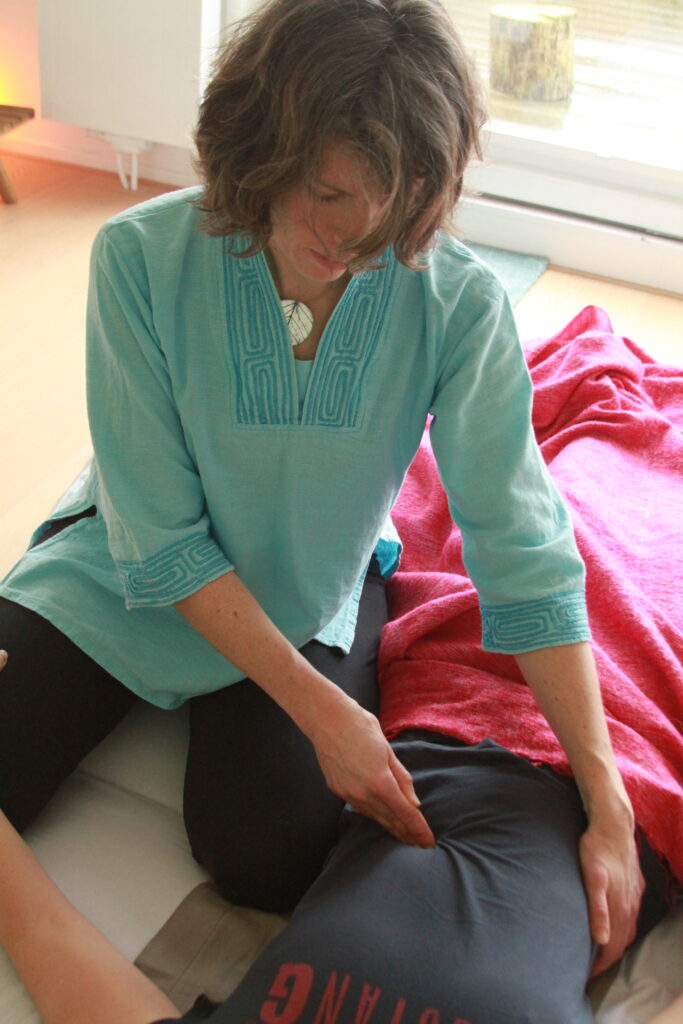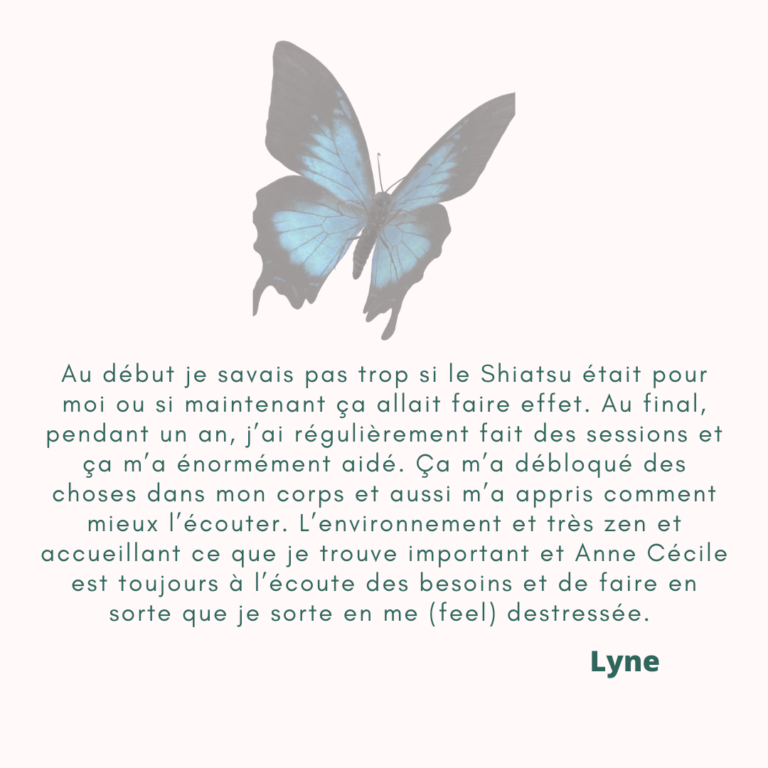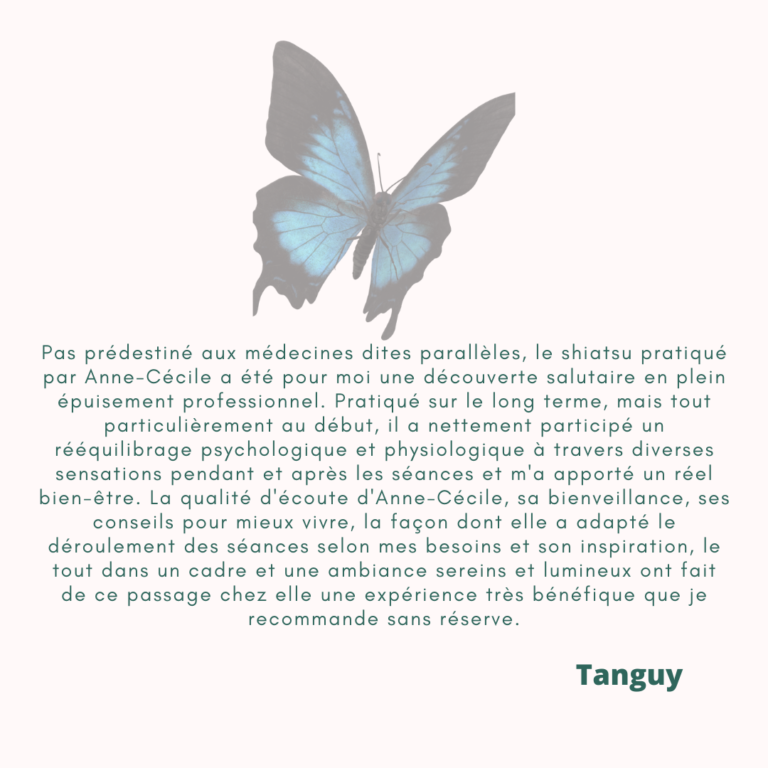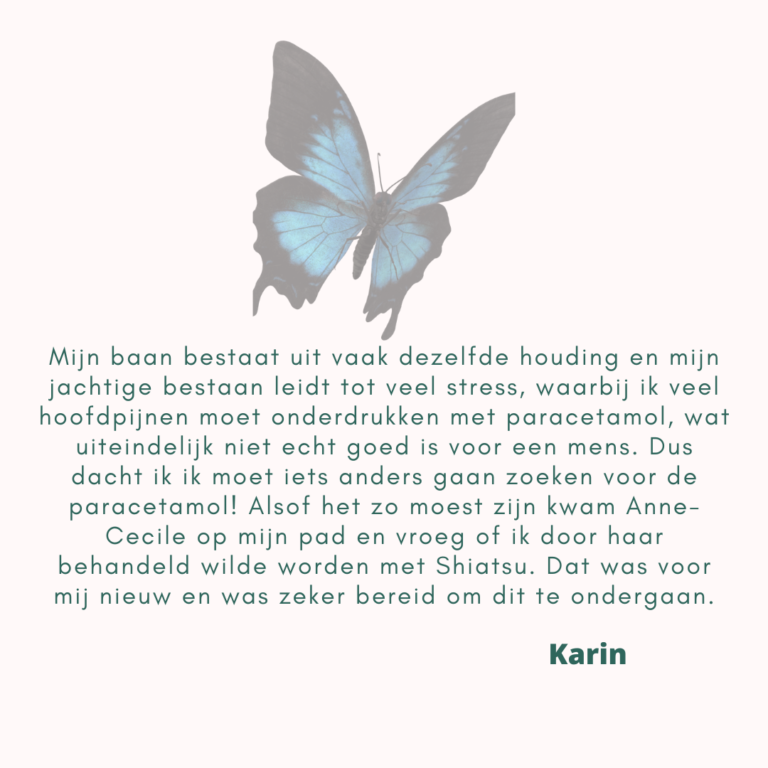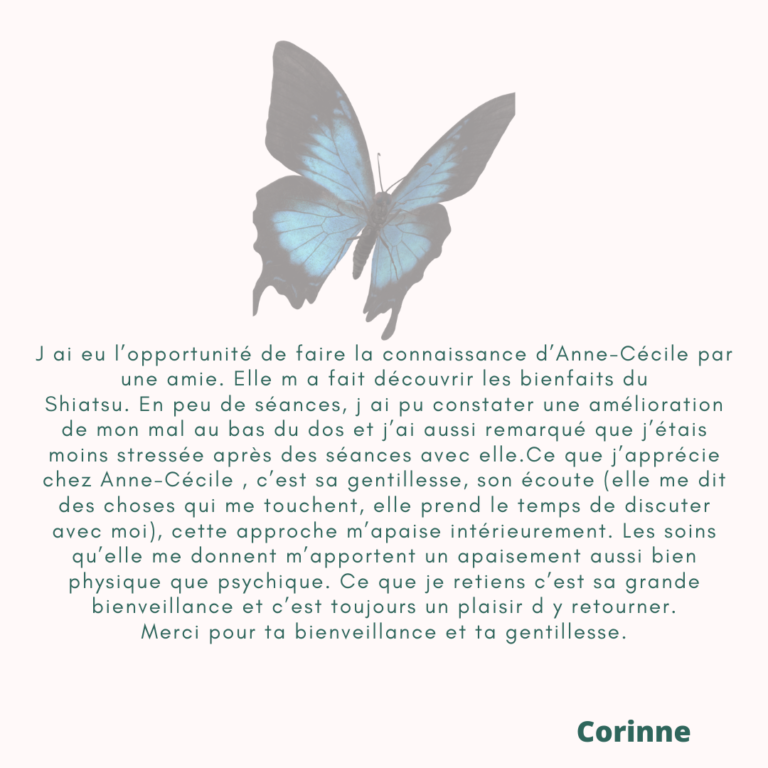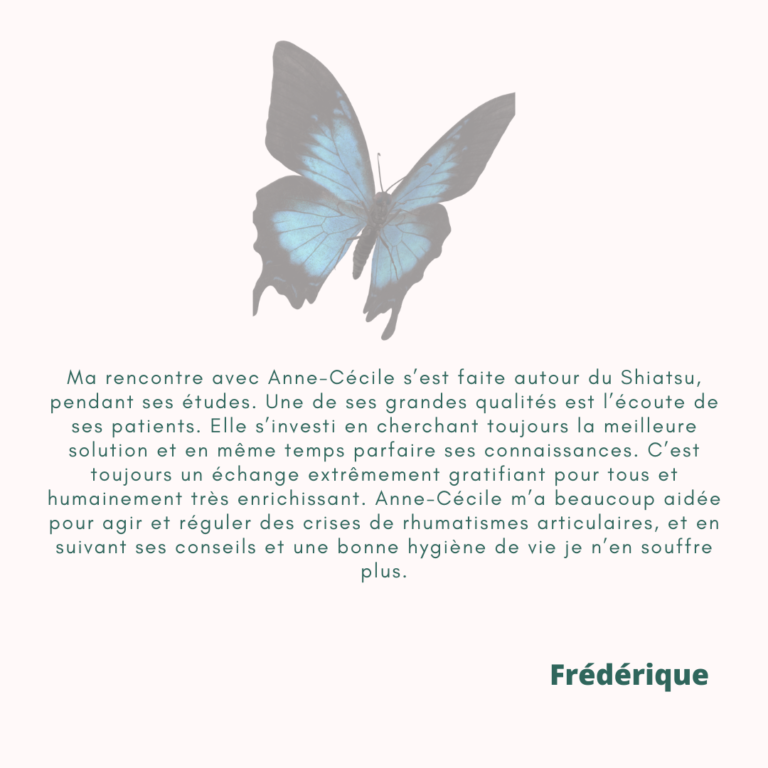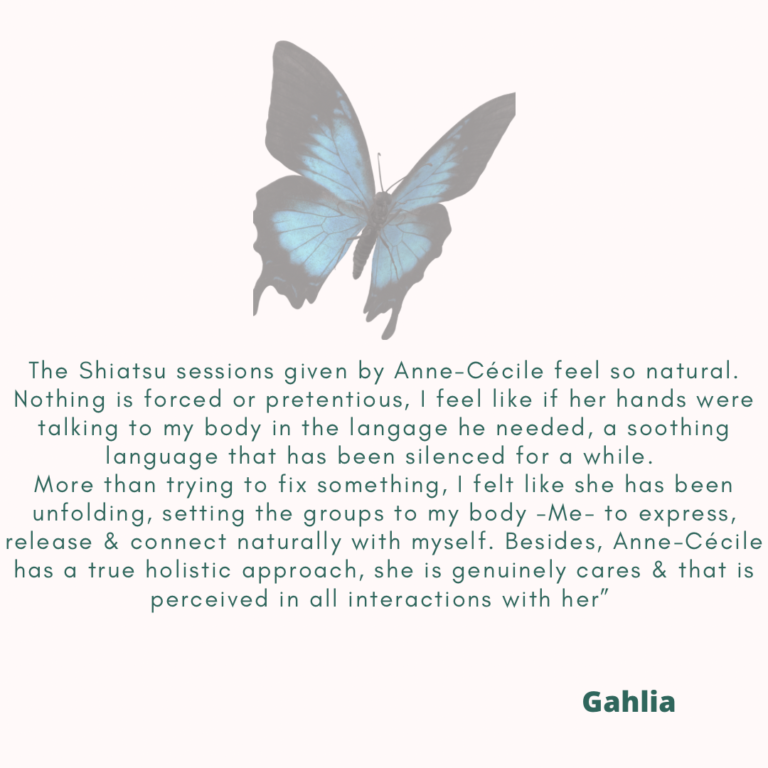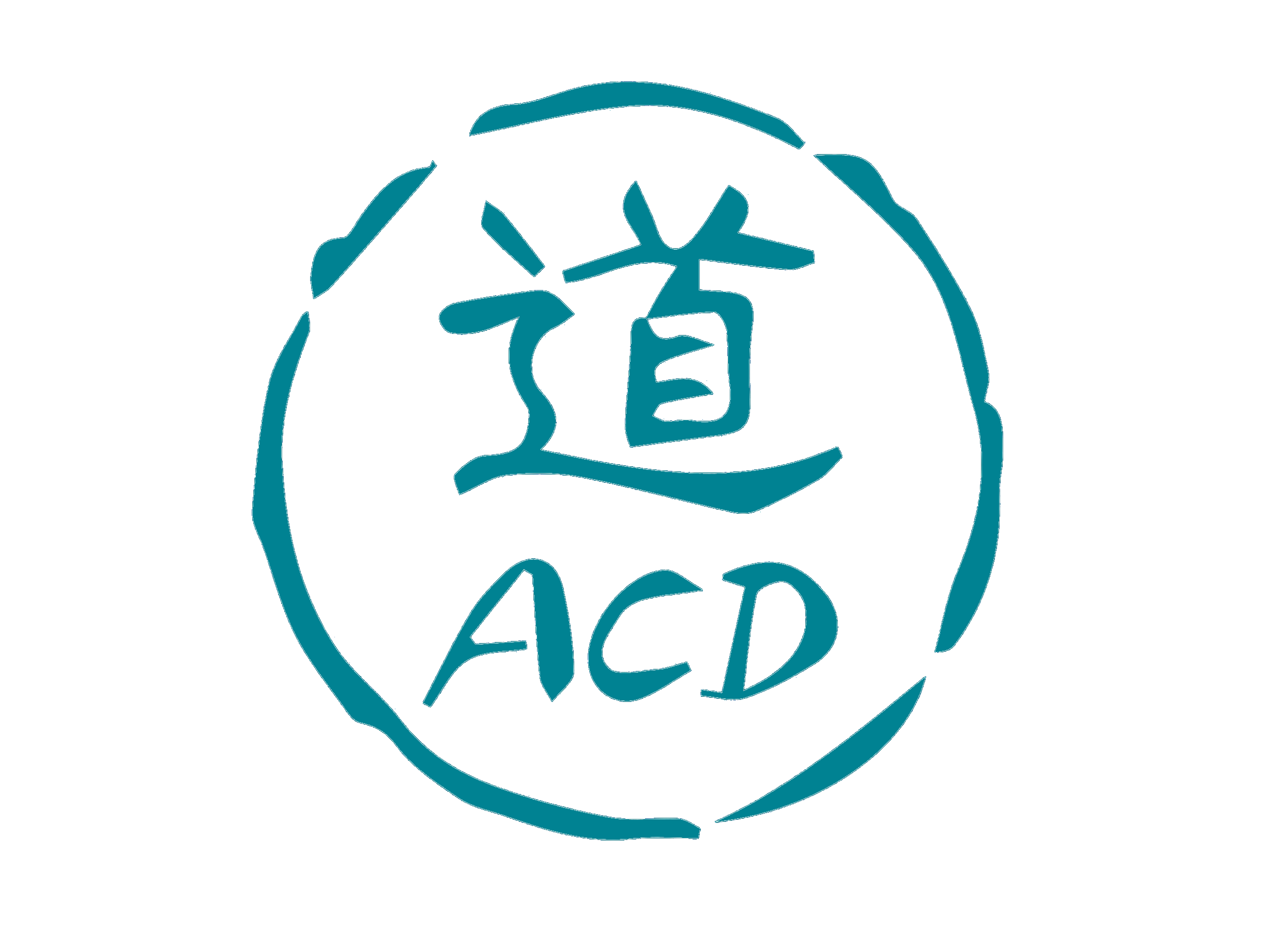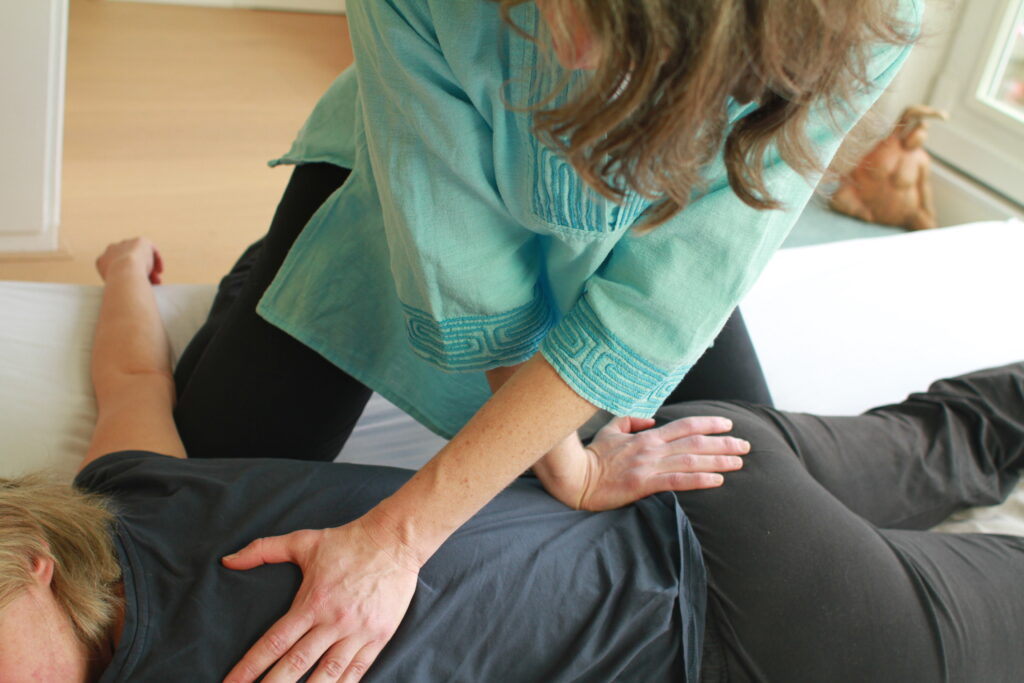
Originally from Japan, Shiatsu is considered an art sensitive treatment of the body provided with the help of mostly the thumbs and hands of the practionner (Shi: finger, Atsu: pressure). this art is part of a medicine in its own right and recognized since the beginning of the 20th century. Shiatsu evolved a lot in the 60s and 70s thanks to Shizuto Masunaga (founder of Iokai school) who developped his own style, the Zen Shiatsu, based on traditional Japanese Shiatsu, Traditional Chinese Medicine (TCM) and zen philosophie which relies in particular on texts ancient (Su Wen, Ling Shu).
Shiatsu is a holistic approach on all 12 main meridians and 8 curious vessels and aims to balance them for optimal health. Our energy body has a great ability to balance itself, but sometimes following life stress or imbalances, the practitioner might intervene to allow the body to recover this ability to self-balance. An imbalance will provoke more or less long-term disease at more or less advanced stages.
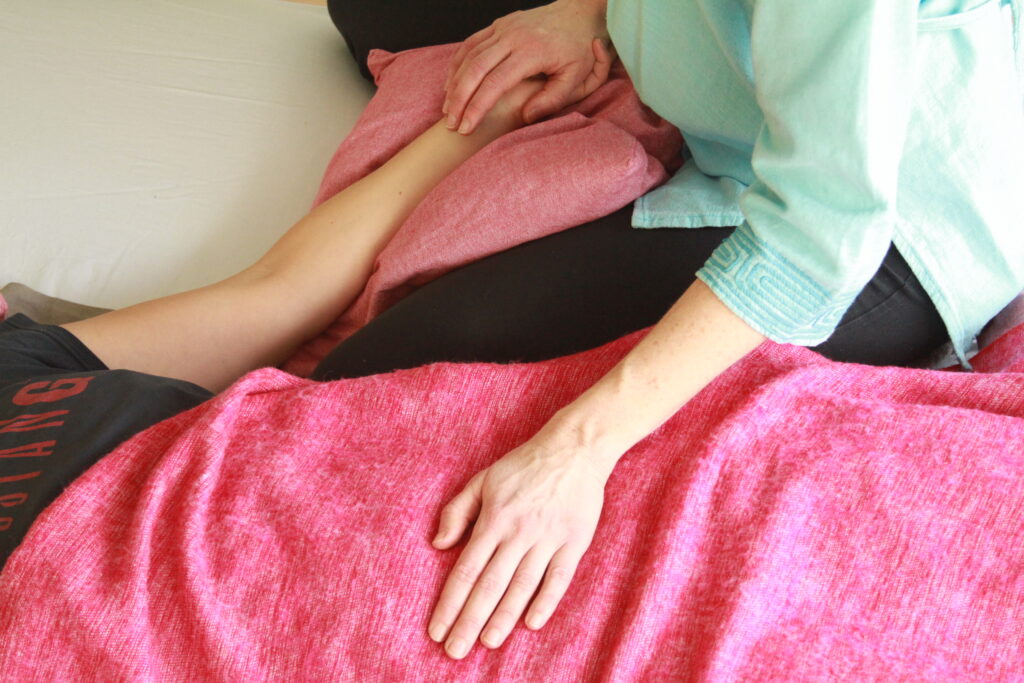
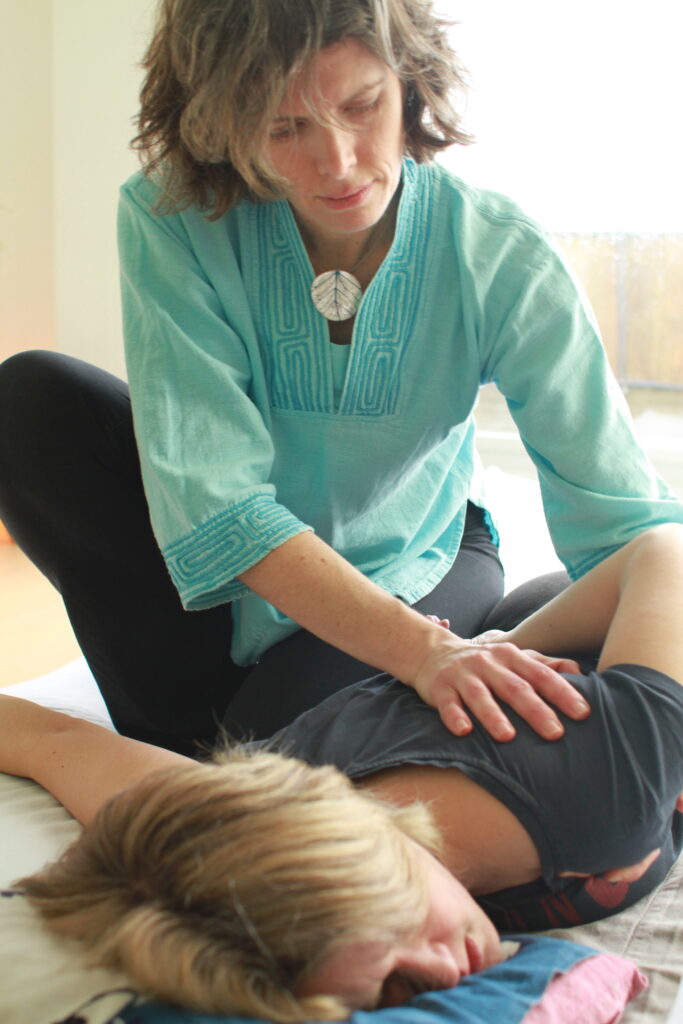
Benefits
Shiatsu brings you an overall improvement of the body and mind, while finding a unity. Indeed,our current lifestyles and our environment cut us off from our feelings and our needs, which can create disorders that manifest themselves through our body.
Shiatsu deals with mental problems as well as pain in the body.
Session
The duration of a Shiatsu session is approximately one hour (each session being adapted to the receiver, so the duration may vary). The first session lasts longer than the others because it begins with a holistic diagnosis following the four shins. Shiatsu is played on a futon. At the end of the session, advice adapted to the symptom (s) of the patient: self-stretching exercises (DO-IN), breathing exercises, nutrition advice, activities tailored to each … This support aims to make the patient autonomous and active in his own evolution.
